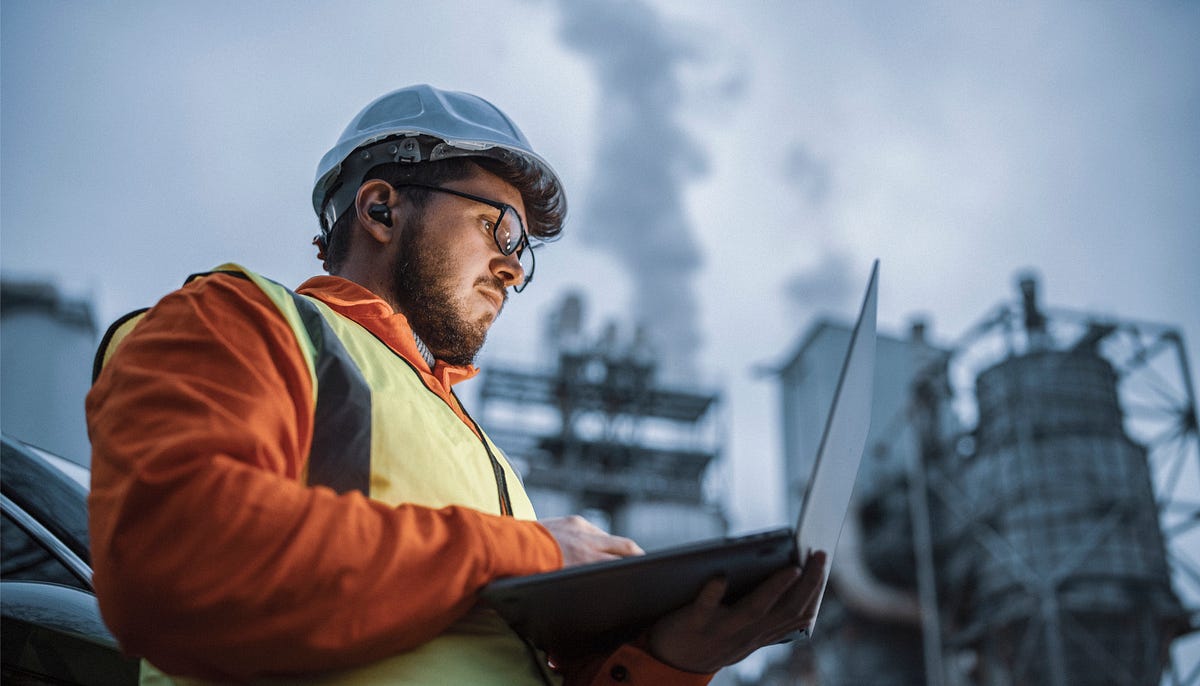Workplace Injuries Decline After Private Equity Buyouts
Companies see annual injuries per employee fall by up to 15% following a PE acquisition.
Based on the research of Jonathan Cohn

Private equity firms are sometimes portrayed as aggressive cost-cutters seeking to boost profits of the companies they acquire no matter the long-term consequences. That can leave workers at acquired companies worried about layoffs and reduced wages.
But despite conventional wisdom, buyouts can actually spark one specific benefit for workers. Texas McCombs Associate Professor of Finance Jonathan Cohn recently studied workplace injury rates for employees in factories, warehouses, and stores after PE buyouts of publicly traded U.S. companies.
“Our expectation was that workplace injury rates would probably increase when companies come under PE ownership, consistent with the prevailing narrative.” Cohn says, “We were surprised to see that results went in the other direction.”
The researchers found that workplace injury rates at publicly traded U.S. companies fell significantly over time after the organizations were bought by a private equity firm. Buyouts appeared to improve workplace safety, and ultimately, some PE firms may benefit from safety improvements too when taking the companies public.
Safer Workplaces
In the U.S., despite vast improvements in workplace safety during the past few decades, injuries are still common. From 1990 to 2015, private-sector workers had more than 100 million workplace injuries requiring treatment, including falls and sprains, based on the researchers’ tallying of data from the Bureau of Labor Statistics (BLS).
Some 55% of injuries result in at least one day away from work, according to the BLS. Business operations may be idle while the cause of the injury is investigated and fixed. With reduced injury rates, companies could face fewer lawsuits and have better morale.
Cohn, along with Nicole Nestoriak of the BLS and Malcolm Wardlaw of the University of Georgia, looked at data from the BLS Survey of Occupational Illnesses and Injuries.
The researchers merged U.S. workplace injury figures with data from financial transactions database SDC Platinum and financial markets platform Dealogic of publicly traded companies — nonbankrupt U.S. “C” corporations with at least $10 million in assets — bought by PE firms from 1997 to 2007. Their final sample size included 114 public companies representing 395 locations including stores and factories. Industries covered were manufacturing, transportation, trade, and services.
The researchers found that when they compared public companies bought by PE firms with a control group and private companies that were acquired, from four years before to four years after acquisition, annual injuries per employee fell by 11.1% to 15% of the prebuyout mean. If that same reduction in injuries were to occur across all businesses in the U.S., workplaces would experience 650,000 to 880,000 fewer injuries annually.
The decline happens starting in the second year after buyout, persists through at least the fourth year, and is evident across multiple industries. In a secondary analysis, and to make sure results weren’t simply driven by companies’ underreporting, Cohn and colleagues looked at data from the Occupational Safety and Hazard Administration on safety inspections and violations, and they found a drop in violations after buyouts.
“If you’re working for a company bought by a private equity firm, you don’t face a higher risk of getting injured on the job after PE takes control,” Cohn says.
“If anything, your likelihood of getting injured decreases.” — Jonathan Cohn
The researchers also found a larger drop in injury rates was linked to greater probability that the acquired company would again go public via an IPO, often the most profitable way for a PE firm to part with a company.
Focusing on the Fundamentals
The researchers’ findings paint a more nuanced picture of how PE buyouts affect production-level workers.
For publicly traded companies, a focus on short-term performance can lead to cutting corners on training or safer equipment. “But after a buyout, companies seem to focus again on machines working right, on everyone being trained properly,” Cohn says.
“The decline in workplace injuries after buyouts is more likely a side effect of these efforts.” — Jonathan Cohn
The researchers also interviewed executives of companies acquired in buyouts to learn more. Executives confirmed declines in injury rates often happen after operational changes and as large amounts of information is collected post acquisition.
One former PE executive shared that “the really good companies recognize that safe working environments increase morale, decrease turnover, and impact wage negotiations.”
For workers, the takeaway is clear: Acquisitions aren’t all bad. “You might be more likely to get laid off, but, assuming you don’t, you’re less likely to be hurt on the job,” Cohn says. “That should give workers some comfort.”
And for policymakers considering future regulations for PE firms, it’s a similar message. “At least some of what PE firms do appears to be good for others,” Cohn says.
“Private Equity Buyouts and Workplace Safety” is published in The Review of Financial Studies.
Story by Deborah Lynn Blumberg


